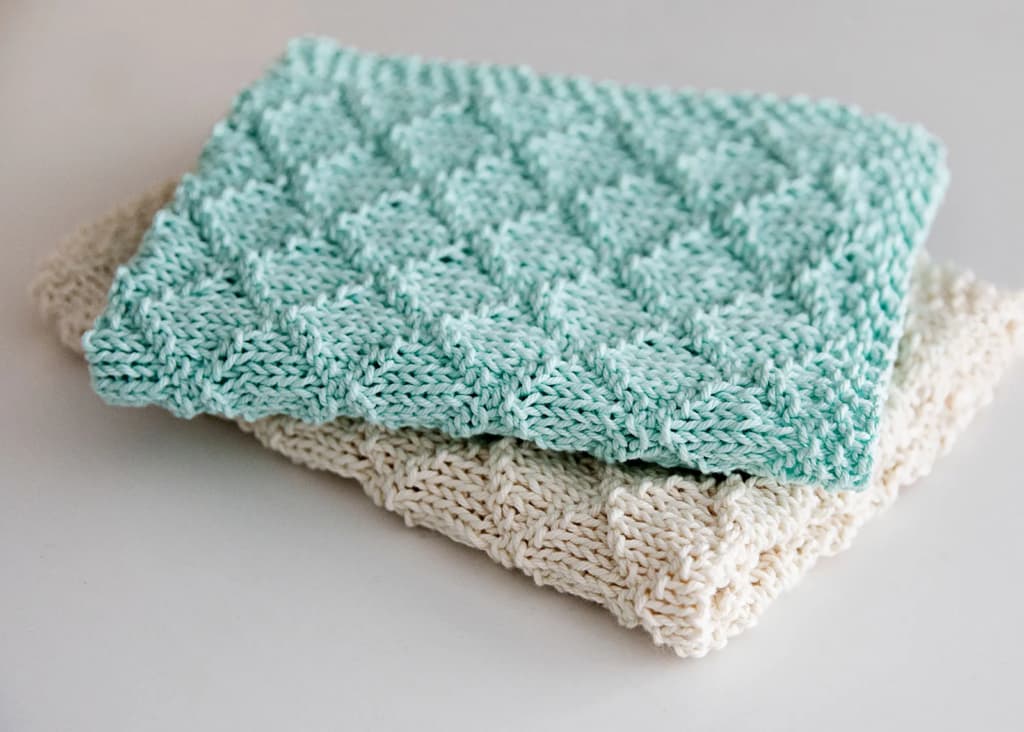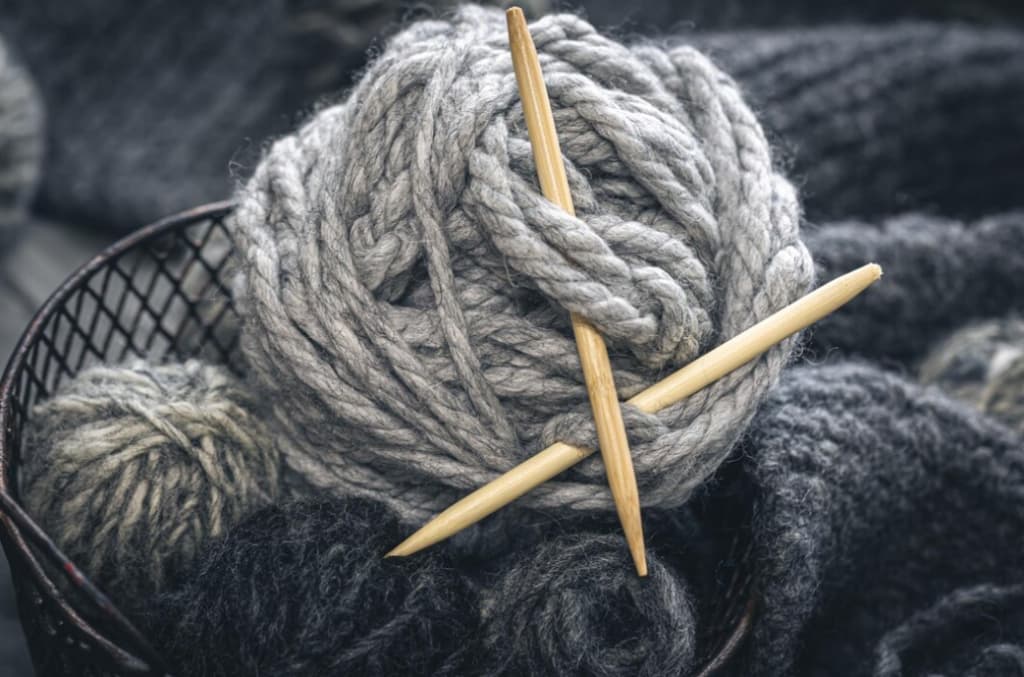Stitch markers might seem like unassuming tools, but in the realm of knitting, they are game-changers. These markers serve as visual cues, helping you navigate complex patterns and remember important places within your project. Let’s explore how they not only simplify knitting but also bring a touch of creativity to your crafting experience.
Why Use Stitch Markers in Knitting?
Imagine this: you’re engrossed in a lengthy knitting stretch, and suddenly the pattern calls for a change—a decrease or an alteration in stitch type. Stitch markers step in as your faithful guides. They mark crucial spots, sparing you the daunting task of recounting every stitch or row.
By using stitch markers, you enhance precision, reduce errors, and infuse a sense of relaxation into your knitting experience.
Types of Stitch Markers: Closed vs Open
Stitch markers exist in two primary forms—closed and open. Closed markers, akin to ring markers, snugly slide onto the needle, marking exact spots in a pattern. Meanwhile, open markers, with their flexibility, can be positioned on the needle or the stitches themselves.
Open markers offer versatility and include various types like locking markers or ones with notches for easy attachment. However, a vital note: all markers, regardless of type, can slip off the needle’s end if not attended to. Crocheters, especially, should favor open markers to avoid permanent inclusion in their projects!
When Do You Need Stitch Markers in Patterns?
Patterns that involve lacework, shaping through increases or decreases, or those with short rows benefit significantly from stitch markers. They act as signposts, demarcating areas requiring special attention or changes in the stitch sequence. For straightforward patterns like stockinette or garter stitch, relying on the visible stitches suffices without the need for markers.
Useful Placement of Stitch Markers in Patterns
Strategically placing stitch markers is an art. They delineate the beginning of a round in circular knitting or maintain even spacing for sleeves or finger sections. Moreover, markers efficiently separate pattern repeats, allowing for easy error spotting. Long sequences of similar stitches or extensive cast-ons also benefit from marker placements at regular intervals, aiding in count management.
How to use SM in different ways learn in this video
Notations for Stitch Markers in Patterns
Pattern notation involving stitch markers is simple yet integral. “PM” (place marker) signifies placing a marker on the right needle after the last worked stitch. “SM” (slip marker) involves transferring the marker from the left needle to the right. These abbreviations streamline pattern instructions, ensuring smooth knitting transitions.
Different Types of Available Stitch Markers
Stitch markers come in diverse materials—plastic, metal, or coil-less safety pins—suitable for various needle sizes. For dedicated knitting purchases, options range from basic utilitarian markers to charming decorative pieces, each catering to different preferences and needs.
Unlocking the purl stitch mastery How to Purl Knit: Mastering the Purl Stitch for Beginners
Fun and Decorative Stitch Marker Options
The world of decorative stitch markers is a treasure trove! From charming charms to creative trinkets, the options are endless. Yet, practicality remains essential. Durable markers without snaggy bits or distracting elements are ideal for uninterrupted knitting sessions. While these decorative markers add flair, they must serve their primary purpose efficiently.
Stitch Markers in Circular Knitting
Knitting in the round necessitates careful marker placement. When starting at the end of a needle, preventing marker slippage becomes crucial. A smart trick is shifting the marker by one stitch or connecting it directly to the stitch for secure positioning.
Tips and tricks for stitch marker usage:
- Use different colored markers for multiple notations or special stitches;
- Annotate patterns to correlate markers with specific instructions;
- Employ markers for row counting, aiding in pattern repeats and sequence tracking;
- Utilize stitch markers to demarcate techniques or sides in complex projects, enhancing organization and reducing errors.
Managing and Storing Stitch Markers
Stitch markers have a peculiar habit of disappearing, much like lost socks! Collect a variety of different sizes and colors to accommodate various projects. Organizing them in pill keepers, using rings, or designated containers proves immensely helpful. Additionally, attaching notes to your project with essential marker information ensures a seamless return to your knitting, even after a hiatus.
Additional Knitting Terms: SM, Slip Marker, and Place Marker
The terms “SM” (slip marker) and “PM” (place marker) serve as shorthand instructions for positioning markers. Understanding these terms streamlines pattern interpretation and execution, making knitting more intuitive and enjoyable.
Conclusion
In the intricate tapestry of knitting, stitch markers emerge as silent yet indispensable companions. They guide, organize, and infuse creativity into your knitting journey. Embrace their utility, explore their diversity, and watch how these unassuming tools transform your knitting experiences, one stitch at a time!






